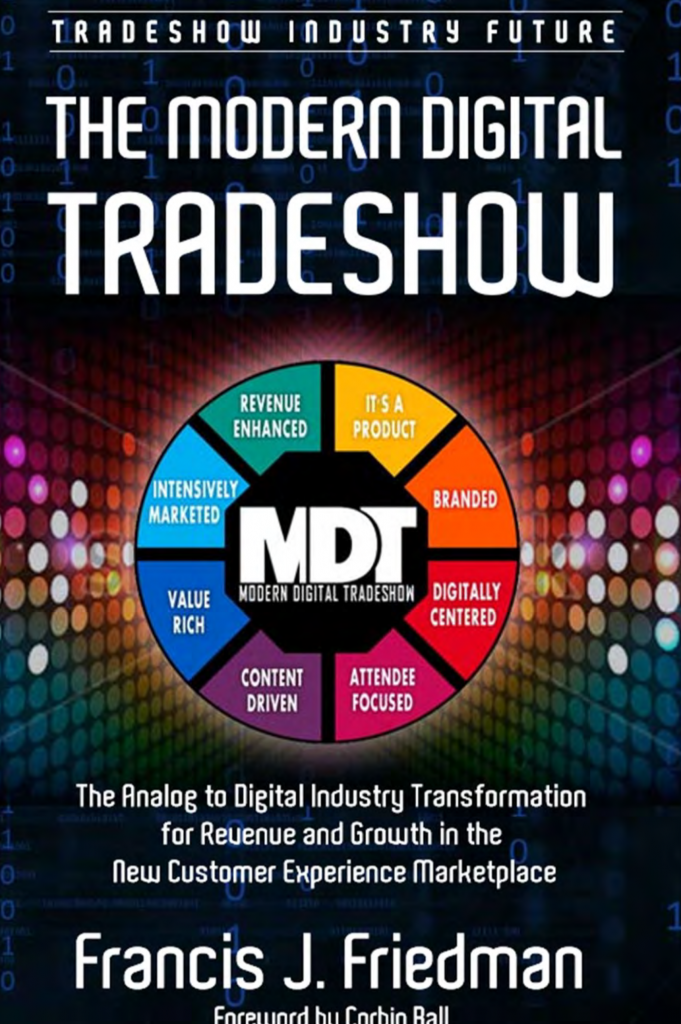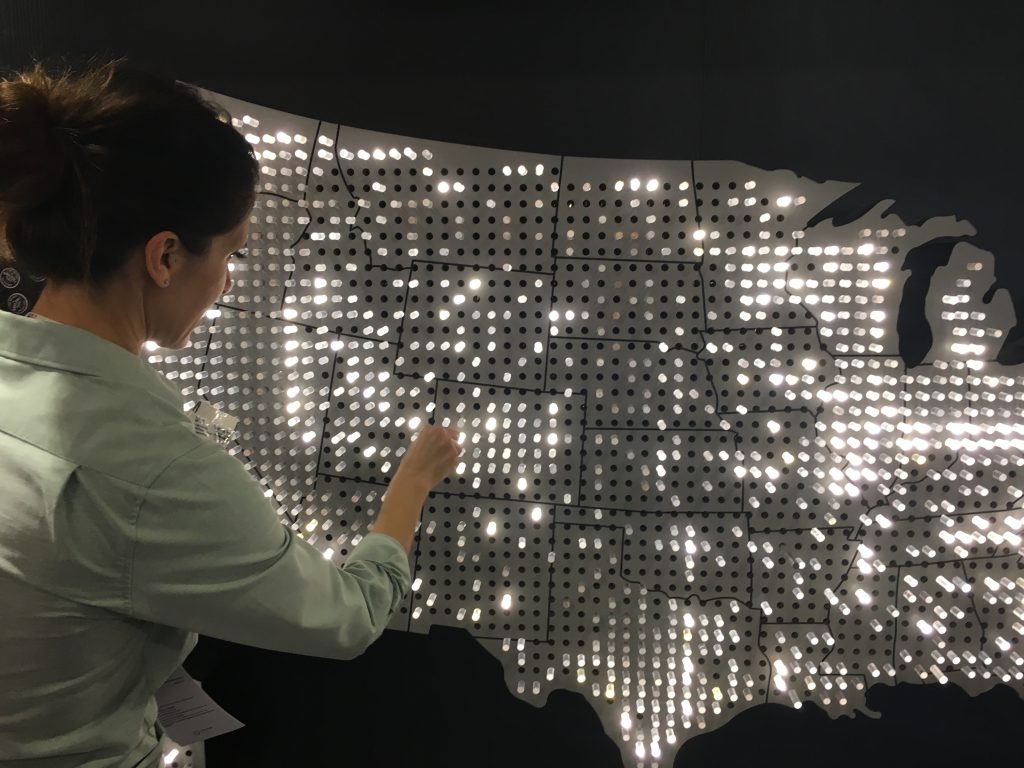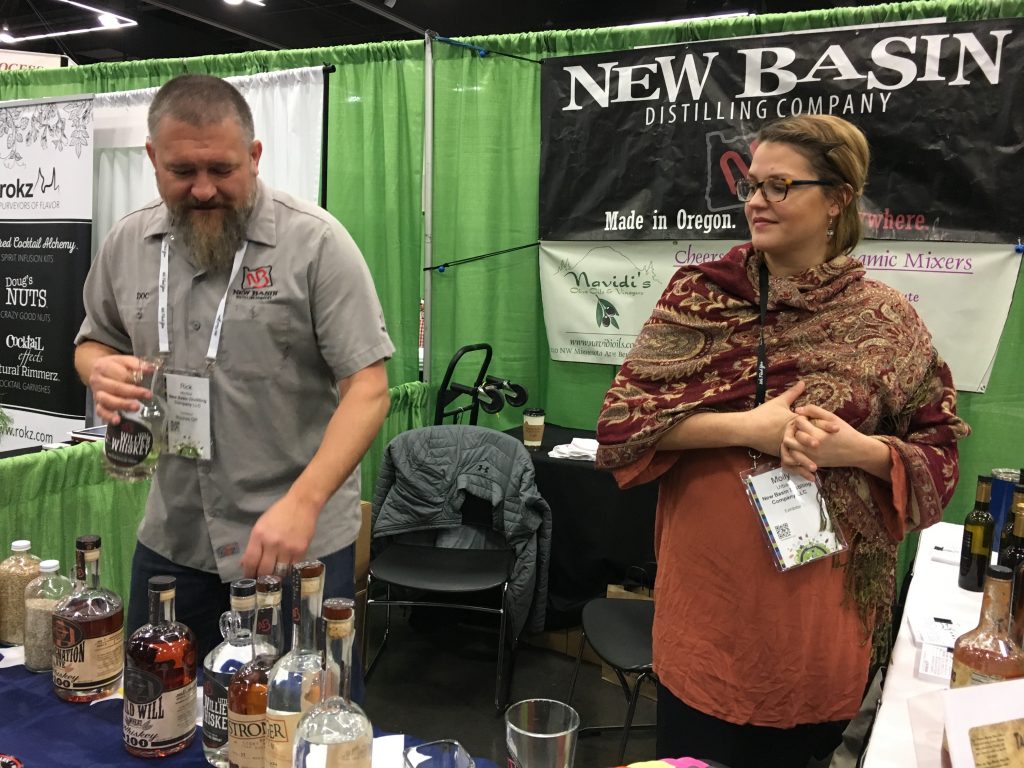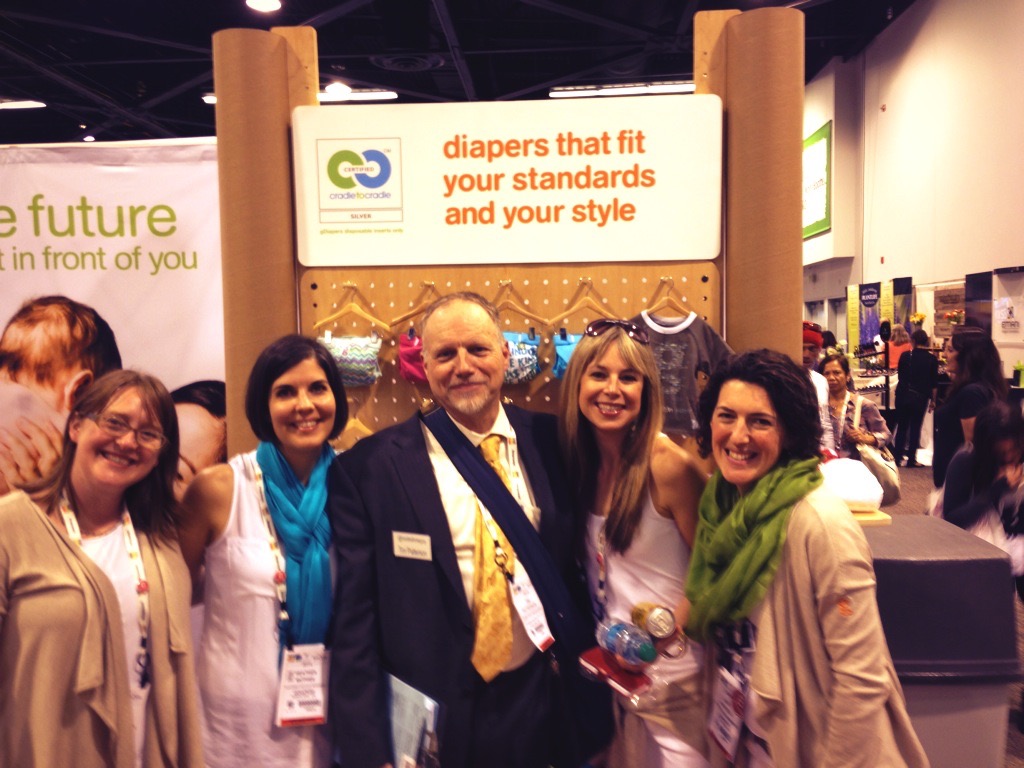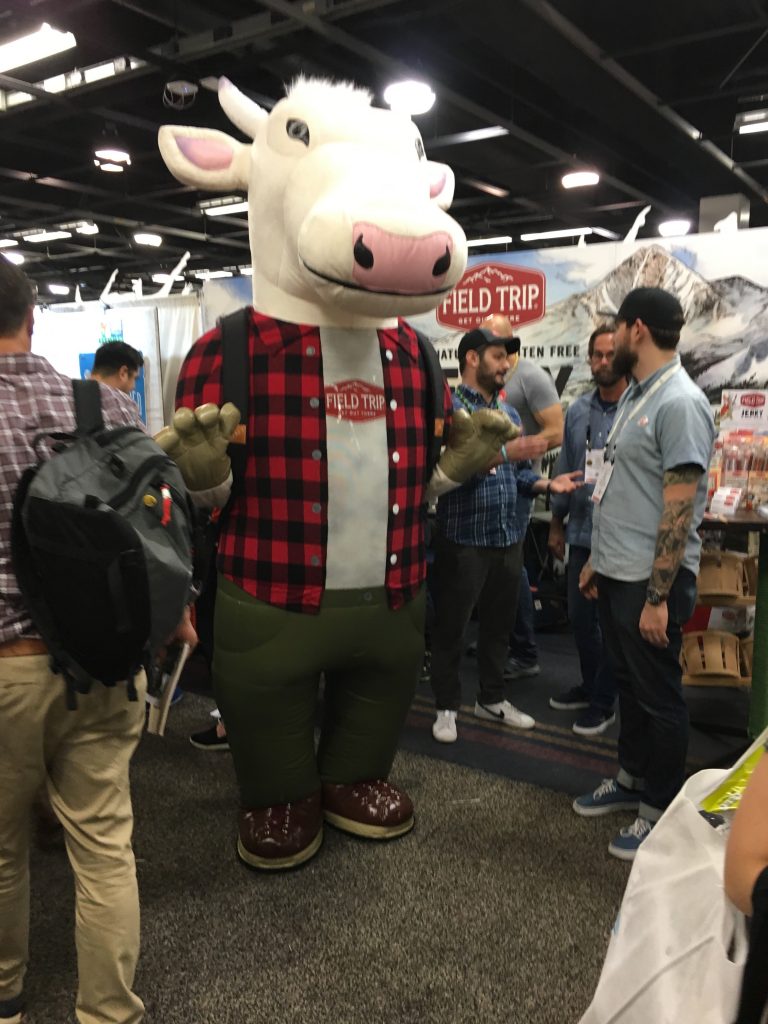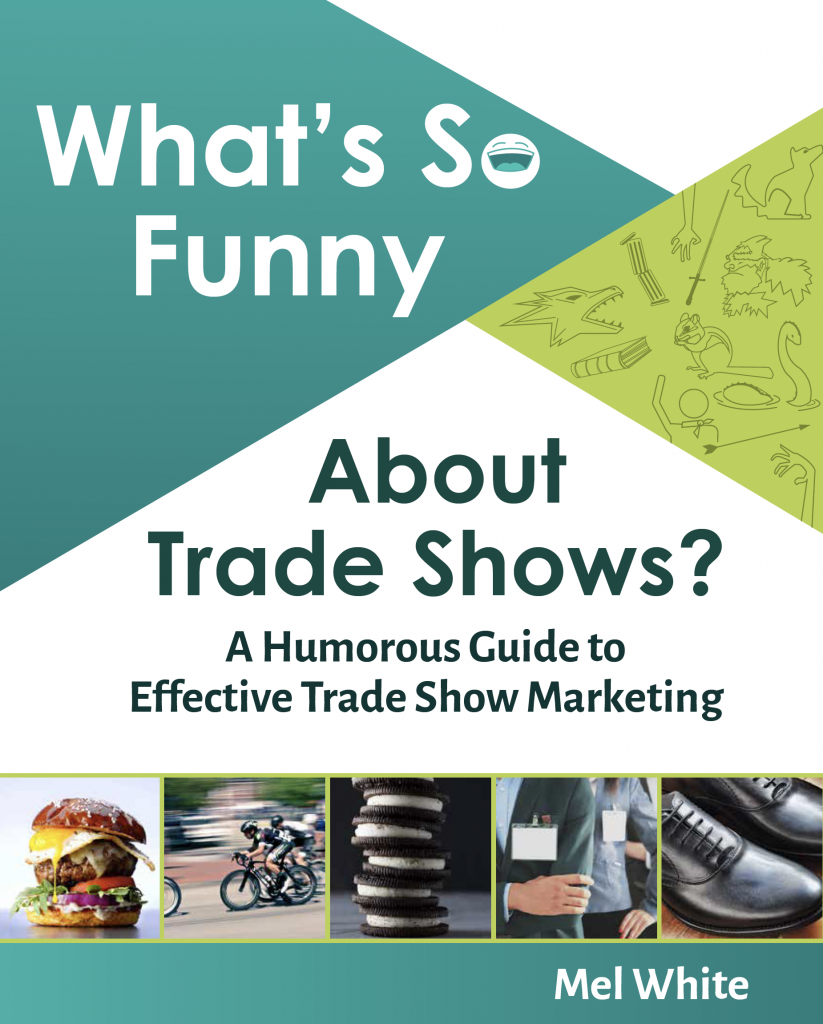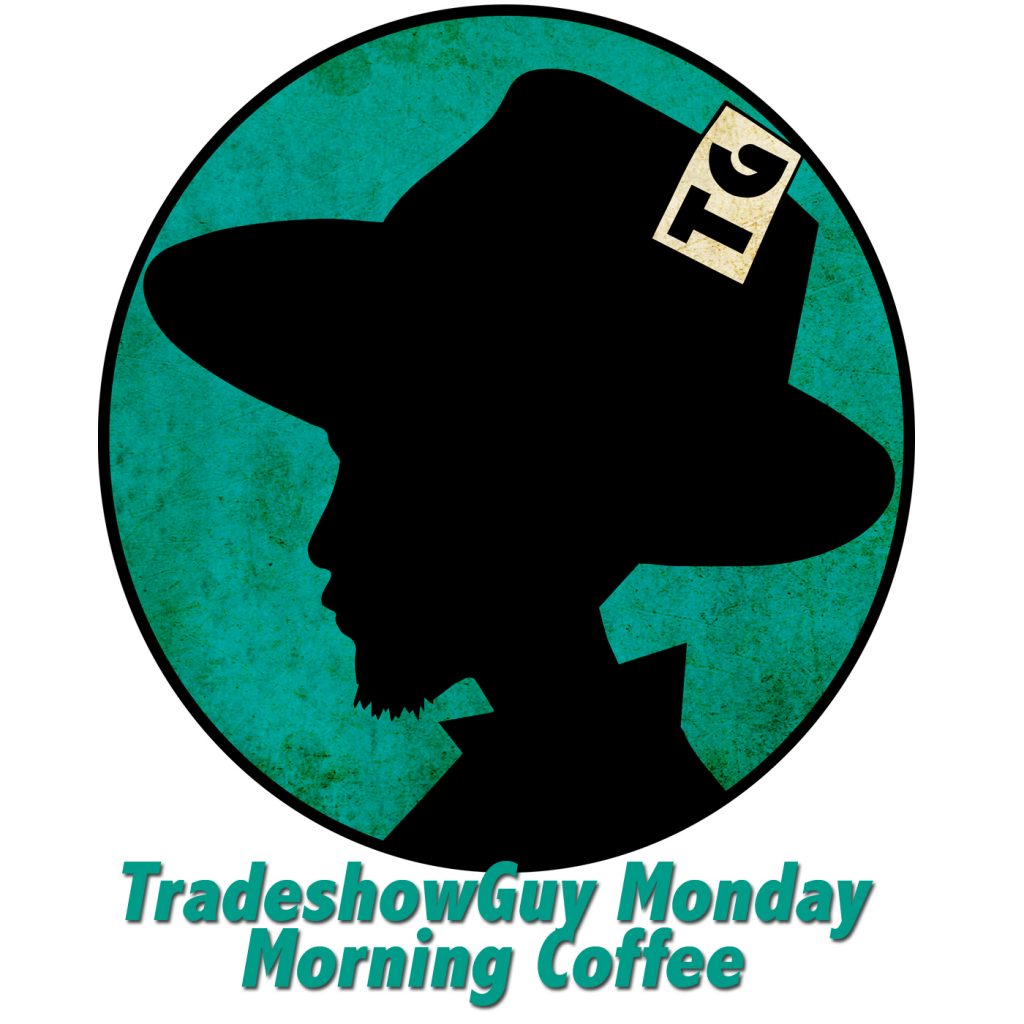7 Best Tradeshow Marketing Actionable Podcasts of 2019
Looking back at 2019 as we tumble freely into 2020, I got to thinking about the many people I’ve talked to over the past three years on my weekly TradeshowGuy Monday Morning Coffee. In fact, you might have seen my blog post recently, 10 Podcasts From 2019 Worth Another Listen.
And they were all good, fun and worth your time to listen.
But I got to thinking about podcasts that actually gave you solid actionable tips to make things happen. And there were several. Let’s recap and give you a chance to dig in again.
Seth Kramer: Seth is a longtime professional presenter and, in this conversation, shares great tips on how to use a presenter, and how to prepare your staff for the influx of people and leads that will result. Other tips include how to gauge the interest of potential clients as they watch the presentation.
Sam Smith of Social Point: Sam talks about the many ways that games can be used to bring people to your booth and keep them there. Tips on creating an engaging activity, how to strategize to accomplish your objectives, and using new technology in tradeshow booths.
Francis Friedman: What’s happening with the Modern Digital Tradeshow? A lot! And Francis digs into how our industry is the foundation of the 1X per year event and the world is a 24/7/365 digital world.
Laura Allen is known as The Pitch Girl, and frankly, her method of distilling the essence of your pitch to a short soundbite is one of the handiest things you can have at a tradeshow when someone asks you what you do.
David Newman is a marketer’s marketer. His ideas work on so many levels, with tradeshows being just one. He discusses how to start a marketing plan, offers tips on marketing videos, how to use speaking (yes, at tradeshows) as a way to market your business and more.
Joan Stewart, the Publicity Hound. Yes, this appeared in late 2018. But hey, this half-hour podcast is probably the best 30 minutes you’ll spend if you’re trying to get a handle on your tradeshow marketing with specific actionable tips. Tips on preparation (get the show manual, try to find a speaking or panel slot), what to do at the show (make sure you have enough handouts such as FAQs, cheat sheets, quizzes, flash drives, etc.), why you should hang out a few times near the media room (get a blogger to write something about your company, let media folks know you’re an expert in two or three areas of your industry and many more), how to visit competitors booths, how to follow up and so much more. Seriously, a goldmine of actionable information related specifically to tradeshow marketing.
Hope you enjoy these seven podcast/vlog replays and find some great tips to put to use as you head into your 2020 tradeshow marketing schedule!


